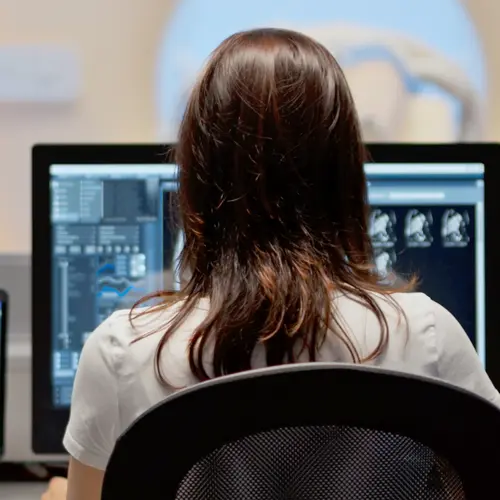Most people with multiple sclerosis (MS) have a type called relapsing-remitting MS (RRMS). It usually starts in your 20s or 30s.
If you have RRMS, you may have attacks when your symptoms flare up. These are called relapses.
An attack is followed by a time of recovery when you have few or no symptoms, called remission. It can last weeks, months, or longer. The disease doesn't get worse during these breaks.
After 10 to 20 years, RRMS usually changes to a different type of MS called secondary progressive multiple sclerosis. You won’t have relapses as often, but the disease gets gradually worse.
Symptoms of Relapsing-Remitting MS
No two people with MS are likely to have the same symptoms in the same way. Some may come and go or appear once and not again. The symptoms you have depend on the area of your brain or spinal cord that the disease has damaged. They can include:
- Eye pain and vision problems such as double vision or jumpy vision. These problems may be the first sign you have RRMS.
- Numbness and tingling
- Sensitivity to heat
- Pain that runs down the spine, like a mild electrical shock, when you bend your neck
- Dizziness
- Bowel or bladder problems
- Sexual problems, like trouble getting aroused or climaxing
- Stiff muscles and trouble moving your body
- Feeling weak and tired
- Problems with balance and coordination
- A hard time thinking clearly
- Depression
An RRMS attack can last anywhere from 24 hours to several weeks. It can involve:
- One or many symptoms
- An existing problem that gets worse
- A new symptom
Tell your doctor about signs of a relapse as soon as possible. If you treat it quickly, you might be able to reduce lasting damage and disability.
Treatment
Most people with RRMS manage the disease with:
- Medication
- Physical therapy, occupational therapy, and other forms of rehab
- Healthy habits
For most people with RRMS, it’s best to start treatment as soon as they’re diagnosed to avoid lasting nerve damage.
RRMS Medication: Disease-Modifying Drugs
Some medications for RRMS fight the disease by turning down the body’s immune system so that it doesn’t attack nerves. These are called disease-modifying drugs (DMDs). Doctors might also call them immunotherapy or disease-modifying therapy (DMT).
These drugs make relapses happen less often and make them less severe. They may keep the disease from getting worse for a while.
You can take some DMDs by injection. These drugs include:
- Glatiramer (Copaxone)
- Interferon beta-1a (Avonex, Rebif)
- Interferon beta-1b (Betaseron)
- Ofatumumab (Kesimpta)
- Peginterferon beta -1a (Plegridy)
You’ll need to take some DMDs through an IV at a clinic or hospital. These include:
Several types of DMDs come in pill form. They are:
- Cladribine (Mavenclad)
- Dimethyl fumarate (Tecfidera)
- Diroximel fumarate (Vumerity)
- Fingolimod (Gilenya)
- Monomethyl fumarate (Bafiertam)
- Ozanimod (Zeposia)
- Ponesimod (Ponvory)
- Siponimod (Mayzent)
- Teriflunomide (Aubagio)
DMDs have side effects. You and your doctor will weigh the pros and cons of each drug. And your doctor will watch your symptoms closely during treatment.
Steroid Treatment for Flare-ups
The symptom flares of RRMS happen when the brain and spinal cord get inflamed. Reducing the inflammation is key to treating a relapse.
Mild flares may not need treatment. If you have severe symptoms, your doctor may recommend steroids. You can take some of these medications through an IV and others by mouth.
A short-term, high-dose course of steroids can help:
- Reduce inflammation
- Make the relapse shorter and less severe
Your doctor may prescribe other types of drugs to treat different RRMS symptoms. For example, you might take:
- Antidepressants
- Pain relievers
- Drugs to fight fatigue
Maintaining a Healthy Lifestyle
A healthy lifestyle is an important way to feel your best. Be sure to:
- Eat a nutritious diet
- Keep a healthy weight
It’s also important to be active when you have MS. Exercise can help you:
- Stay mobile
- Control your weight
- Boost your mood and energy levels
Try different types of exercise, including activities to get your heart pumping, like walking or swimming, and moves that strengthen your muscles and stretch your body. When you make an exercise plan, keep in mind:
- Start slowly, even with 5 to 10 minutes of activity.
- Avoid getting overheated if you are sensitive to temperature.
- Ask a physical therapist to help you build an exercise program.

